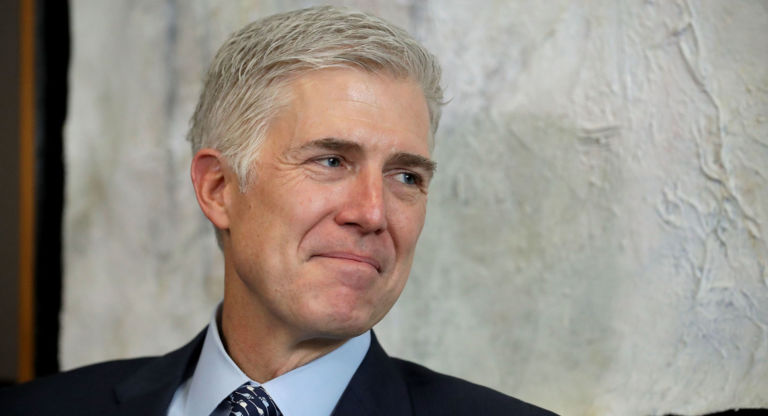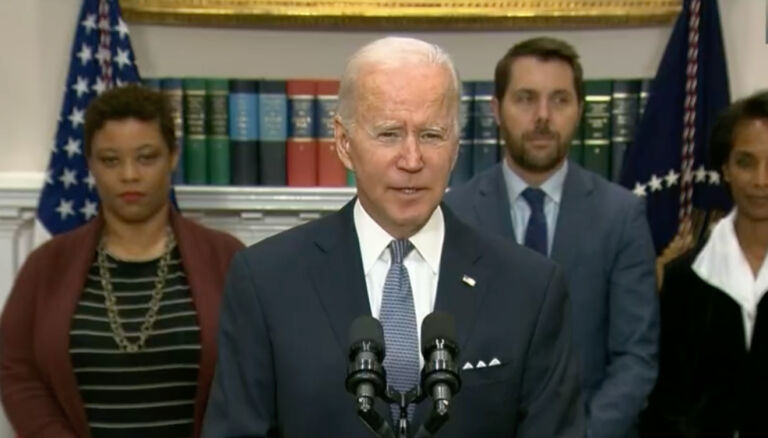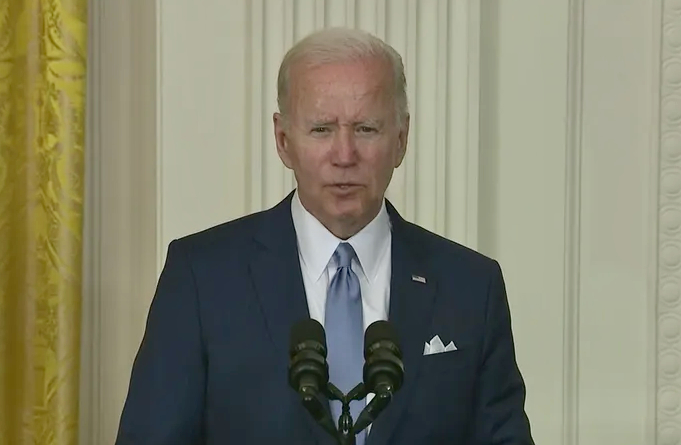Editors at National Review Online explain why there’s no end in sight for our current supply chain problems.
Massaging the messaging has been a top priority for the Biden administration on supply chains. While talking to the press in early November, President Biden said, “By the way, you all write for a living. I haven’t seen any of you explain the supply chain very well.” That doesn’t seem to have been a random gibe by the notoriously loose-lipped president. A report from last week revealed that members of the National Economic Council and Port Envoy John Porcari have been in conversations with members of the media in an effort to put a positive spin on the economic news.
No amount of spin will change the facts. Despite indications that the line of ships waiting to be unloaded at the Ports of Los Angeles and Long Beach was shortening, it was actually just an artifact of a new queuing system the ports are using. The Marine Exchange of Southern California has since updated its official count to reflect the new queuing system, and the backup stands at 95 ships as of December 10, which is near the record high.
The timeliness of transpacific ocean shipping, as measured by Flexport, is at its worst ever. As of last week, it takes a container 106 days to be loaded onto a ship in Asia, cross the Pacific, and leave its destination port in the U.S. on some other mode of transportation. In 2019, the same process took around 45 days.
To be clear, these massive backups are not Joe Biden’s fault. As Scott Lincicome of the Cato Institute had written at length, “America’s ports problem is decades in the making.” And of course, global trade involves other countries over which Biden has no control.
But progressive ideology does not allow for the possibility that some things are out of government’s control, so Biden feels he has to do something. That’s where his go-to solution for everything comes in: government spending.


